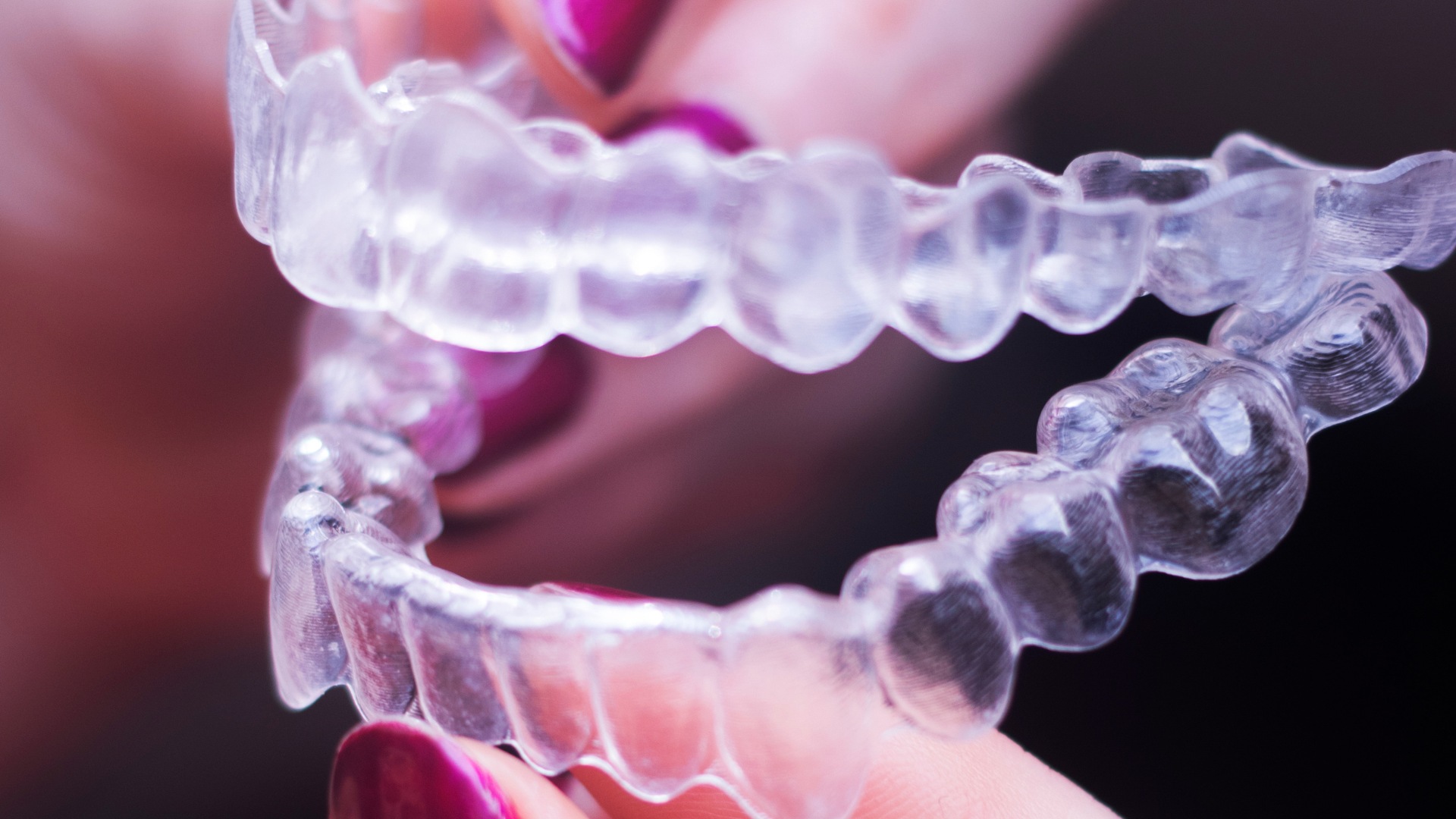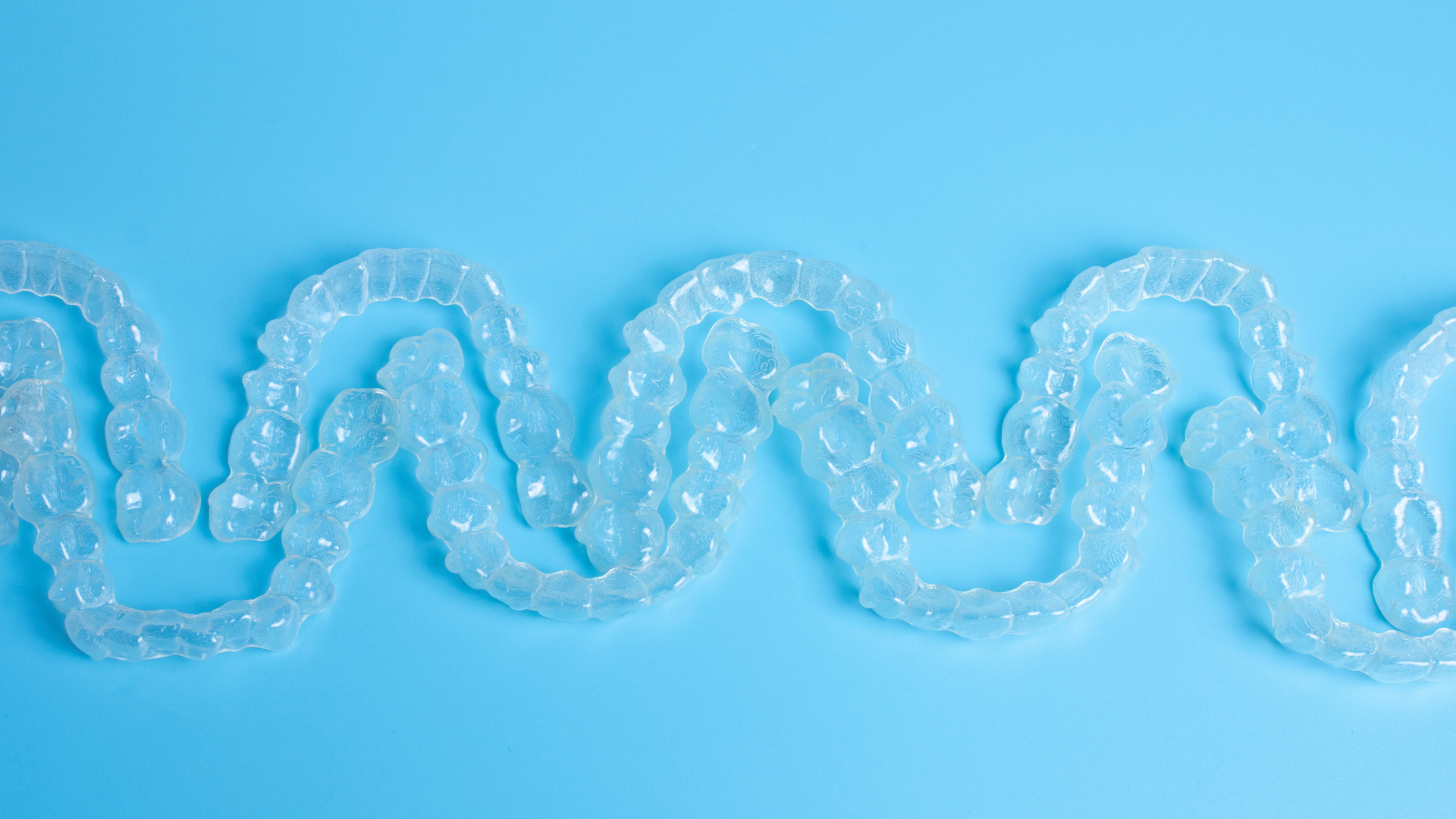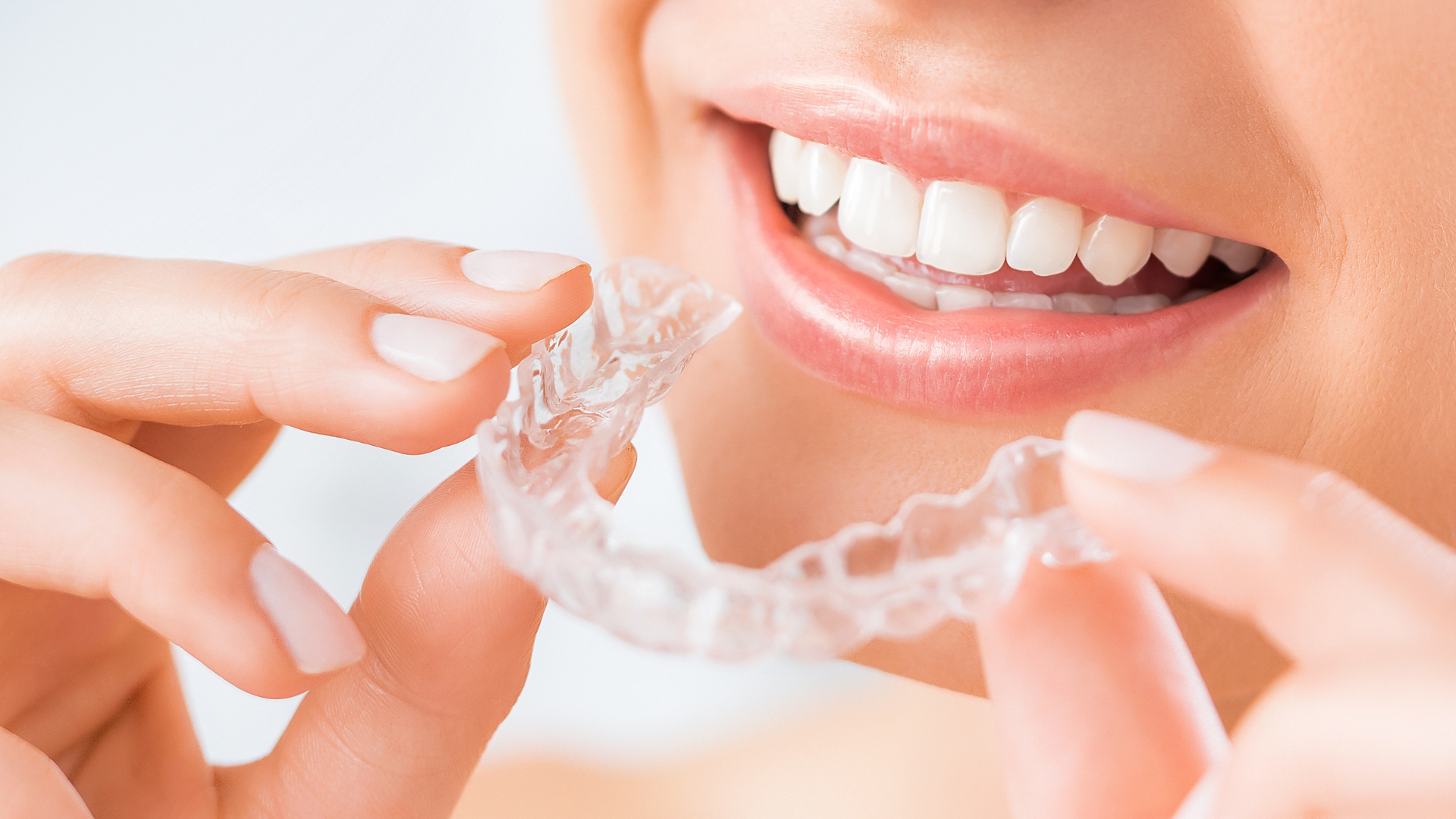Maintaining Your Invisalign: Tips for Optimal Results
Invisalign aligners offer a discreet and convenient way to straighten your teeth. However, to ensure their effectiveness and maintain oral health, proper care and maintenance are essential. This guide provides comprehensive tips to help you get the most out of your Invisalign treatment.
1. Wear Your Aligners as Prescribed
For optimal results, it's crucial to wear your Invisalign aligners for 20 to 22 hours per day. This means only removing them for eating, drinking anything other than water, and oral hygiene routines. Consistent wear ensures that your teeth move according to the treatment plan and helps avoid prolonging the treatment duration.
2. Clean Your Aligners Daily
Keeping your aligners clean prevents the buildup of bacteria and plaque. Rinse them with lukewarm water every time you remove them. At least once a day, gently brush them using a soft-bristled toothbrush and clear, unscented antibacterial soap. Avoid using toothpaste, as it can be abrasive and cause scratches on the aligners, making them more visible and prone to staining.
3. Soak Aligners Regularly
In addition to daily cleaning, soak your aligners regularly to ensure deep cleaning. You can use Invisalign Cleaning Crystals or a denture cleaner for this purpose. Soaking helps remove any lingering bacteria and keeps your aligners clear and fresh.
4. Maintain Excellent Oral Hygiene
Brush and floss your teeth after every meal before reinserting your aligners. This practice prevents trapping food particles and bacteria between your teeth and the aligners, reducing the risk of cavities and gum disease.
5. Avoid Eating or Drinking with Aligners In
Always remove your aligners before eating or drinking anything other than water. Eating with aligners can cause them to stain, crack, or become misshapen. Additionally, hot beverages can warp the plastic, affecting the fit and effectiveness of the aligners.
6. Store Aligners Properly
When not wearing your aligners, store them in their protective case. This prevents loss or damage and keeps them clean. Avoid wrapping them in napkins or leaving them exposed, as they can easily be misplaced or contaminated.
7. Handle Aligners with Care
When inserting or removing your aligners, do so gently to avoid bending or cracking them. Use even pressure and avoid using sharp objects to remove them. If you experience difficulty, consult your orthodontist for guidance.
8. Monitor for Discomfort or Issues
It's normal to experience some discomfort when switching to a new set of aligners. However, if you notice persistent pain, sores, or if an aligner doesn't fit properly, contact your orthodontist promptly. Addressing issues early ensures your treatment stays on track.
9. Keep Up with Orthodontic Appointments
Regular check-ins with your orthodontist are vital to monitor progress and make necessary adjustments. These appointments ensure that your treatment is progressing as planned and allow for timely interventions if needed.
10. Use Whitening Toothpaste with Caution
While it's tempting to use whitening toothpaste during Invisalign treatment, be cautious. Some whitening agents can cause uneven coloration, especially if your teeth are covered by aligners for most of the day. Consult your orthodontist before incorporating whitening products into your routine.
By following these tips, you can maintain your Invisalign aligners effectively, ensuring optimal results and a healthy smile. If you have any questions or need further guidance on your Invisalign journey, feel free to reach out to our team for personalized advice and support.





